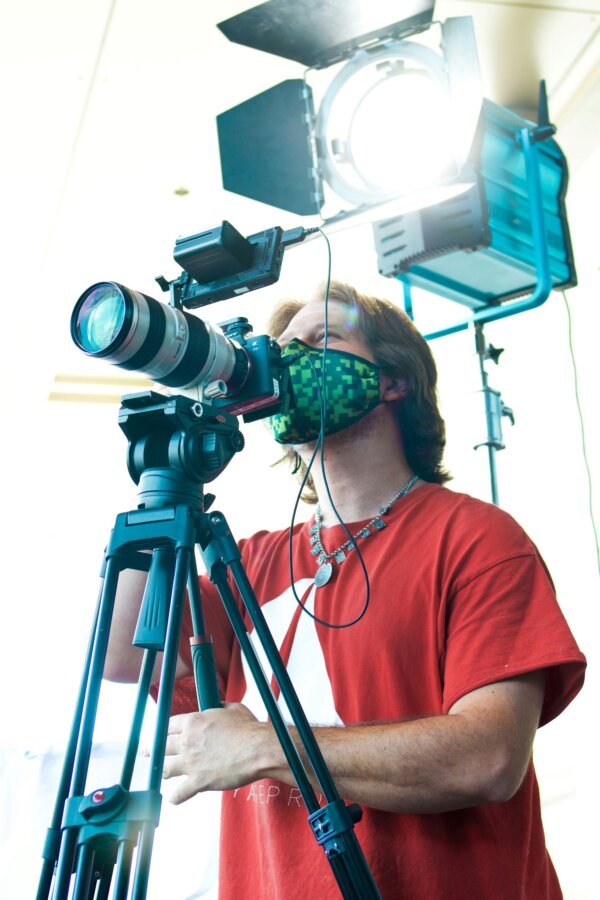Use it or lose it – an expensive lesson for Ferrari
Written by Éamon Chawke | July 31, 2020
The Ferrari 250 GTO was a sports car manufactured by Ferrari in the 1960s. Today, you would pay an eye-watering £50 million for one of these iconic models.
Unsurprisingly, Ferrari wanted to maximise its IP protection for the car design and therefore in 2007 it filed an application to register the shape of the car as a trade mark with the EU intellectual property office.

The trade mark was ultimately registered in 2008, but (unfortunately for Ferrari) along came Ares Design (a rival car designer) who sought to cancel the trade mark principally on the basis that the trade mark was no longer in use.
The EUIPO held that, whilst Ferrari could retain its trade mark in relation to toys in class 28 (because it continued to manufacture toy cars of the same shape), it could not retain its trade mark in relation to cars in class 12 or clothing in class 25 (because it had not used the shape mark in relation to those products for a continuous period of five years, and in particular Ferrari had not manufactured cars of that shape since 1964).
Briffa comment
This is unlikely to be the end of the Ferrari 250 GTO shape mark saga, because Ferrari has the option to appeal the decision of the EUIPO. Nevertheless, there are a few important points to be taken away from this decision:
Understand the ins and outs. In some territories such as the UK and the EU there is no requirement to periodically prove that a trade mark is still in use (unless the trade mark is challenged for non-use, as in this case), whereas in other territories such as the US there is a requirement to periodically prove that a trade mark is still in use by filing evidence of use with the trade mark office every five years. Businesses with international trade mark portfolios should ensure that these valuable IP assets are carefully managed and that they are aware of the different requirements in different territories.
Use the calendar. In most territories, trade marks are immune to cancellation for non-use for an initial period after registration (e.g. 5 years in the UK, the EU and the US and 3 years in China). However, after that initial period, trade marks become vulnerable to cancellation for non-use. Businesses with multiple trade marks in their portfolios should ensure that these dates are recorded and monitored to avoid trade marks being unexpectedly challenged.
Retain evidence of use. Businesses should be proactive about safeguarding their trade mark portfolios against attack. As part of this approach, businesses should retain evidence of use of all the trade marks in their portfolios by documenting and recording evidence of use (e.g. retain photographs, screenshots and other evidence of use of the mark on products and packaging, on advertising and marketing materials, on websites and social media etc.). Defending a non-use cancellation action becomes a much more manageable hurdle to overcome if you have a comprehensive bank of evidence at your disposal.
Regularly reassess the portfolio. One of the reasons that trade marks become vulnerable to cancellation for non-use is because brand names, product names, logos, slogans, colours, shapes, jingles and other brand assets change over the lifetime of a business or brand. One way to protect the value in these brand assets is to ensure that the trade mark portfolio is kept up-to-date by filing fresh applications as the brand evolves in order to ensure that any obsolete trade marks are replaced by new trade marks reflecting the current brand identity.
Consider other IP assets. Trade marks are incredibly valuable assets, principally because (unlike most other IP rights) they last forever (if they remain in use and if renewal fees are paid and other formalities are complied with when they fall due). However, registered trade mark protection may be supplemented by other IP assets. For example: word marks may also benefit from unregistered trade mark protection under the law of passing off; figurative marks (logos) may also be protectable as copyright works and/or as 2D registered designs; shape marks may also be protectable as 3D registered designs; and sound marks and motion marks may also be protectable as copyright works.
Big brands are not immune. As this Ferrari 250 GTO shape mark saga illustrates, non-use cancellation is potentially a problem even for very big brands. The Adidas ‘3-stripe’ mark and the McDonald’s ‘Big Mac’ mark have similarly been challenged for non-use in the EU on the basis that those marks had not been used for a continuous period of five years in relation to all the goods and services covered by the registrations. In the case of the ‘Big Mac’ mark, the cancellation action came about as part of a long running trade mark dispute between McDonalds and the Irish fast-food chain Supermac’s concerning the use of the ‘mc/mac’ element in relation to fast food goods and services.
Briffa are experts in all aspects of intellectual property law and practice and have particular experience and expertise in managing global trade mark portfolios and advising clients of all shapes and sizes on trade mark filing strategies, trade mark infringement, opposition and cancellation actions, and trade mark portfolio management generally. If you would like to book a free call or meeting with one of our expert IP lawyers, please contact info@briffa.com or phone 020 7096 2779.
Written by Eamon Chawke, Partner

